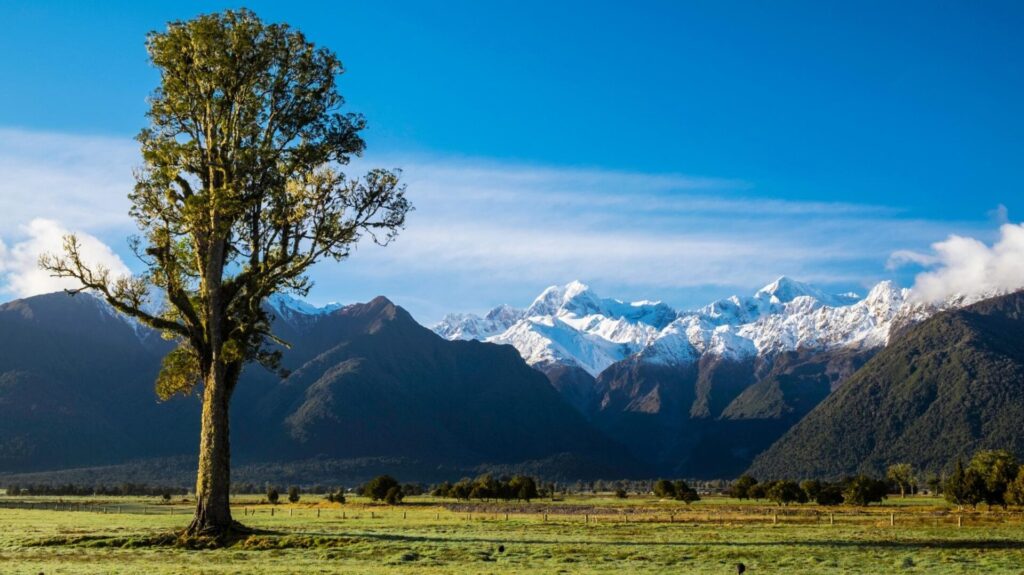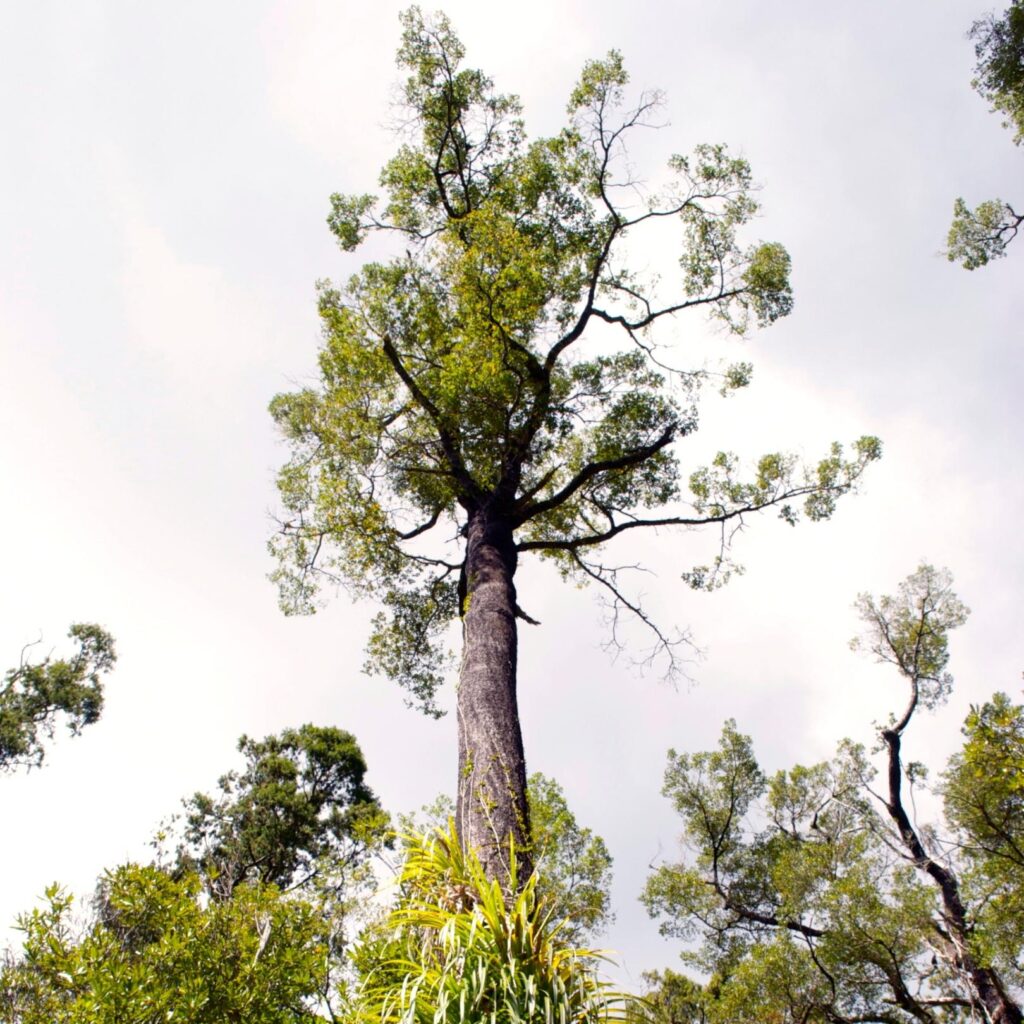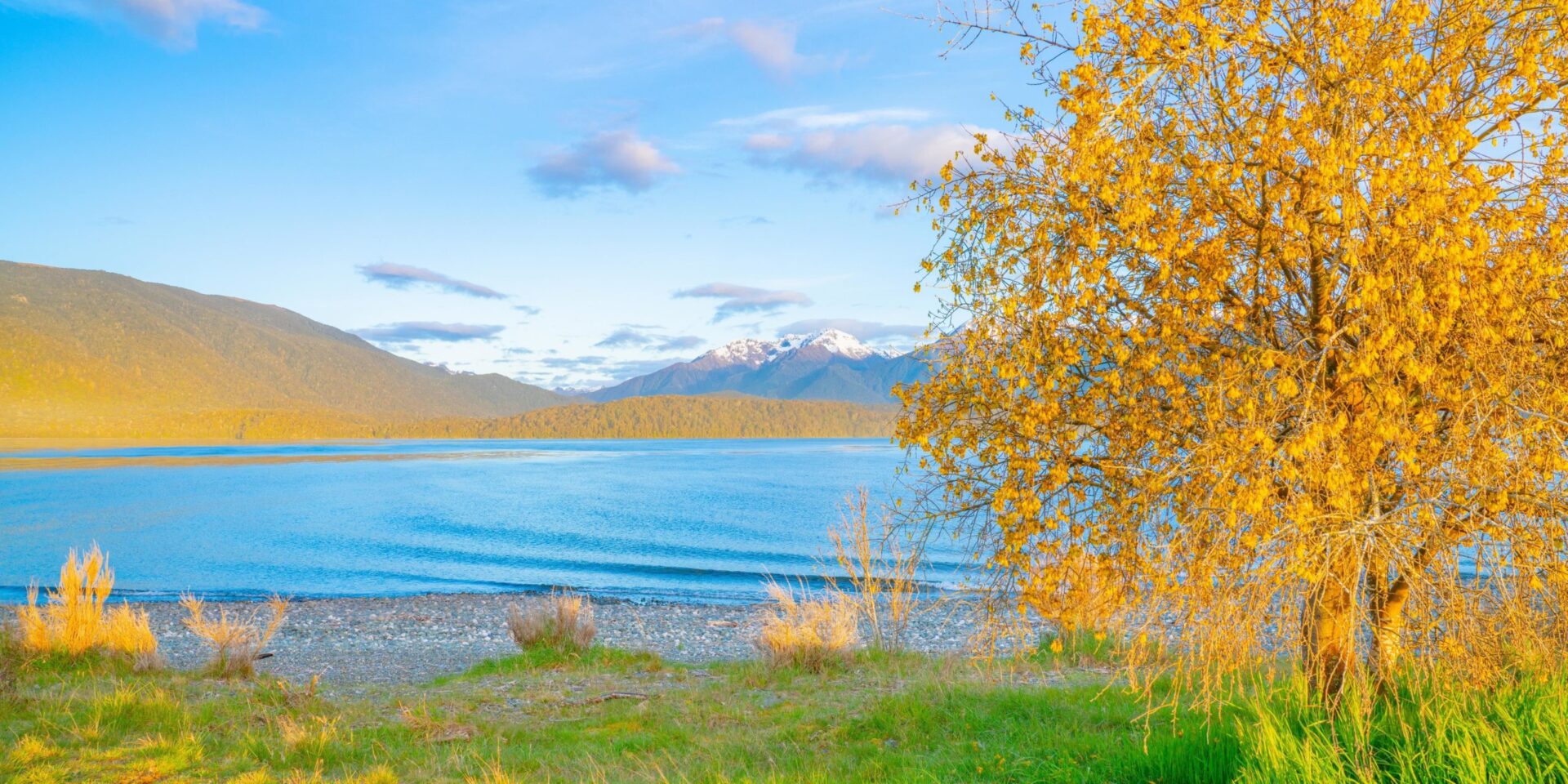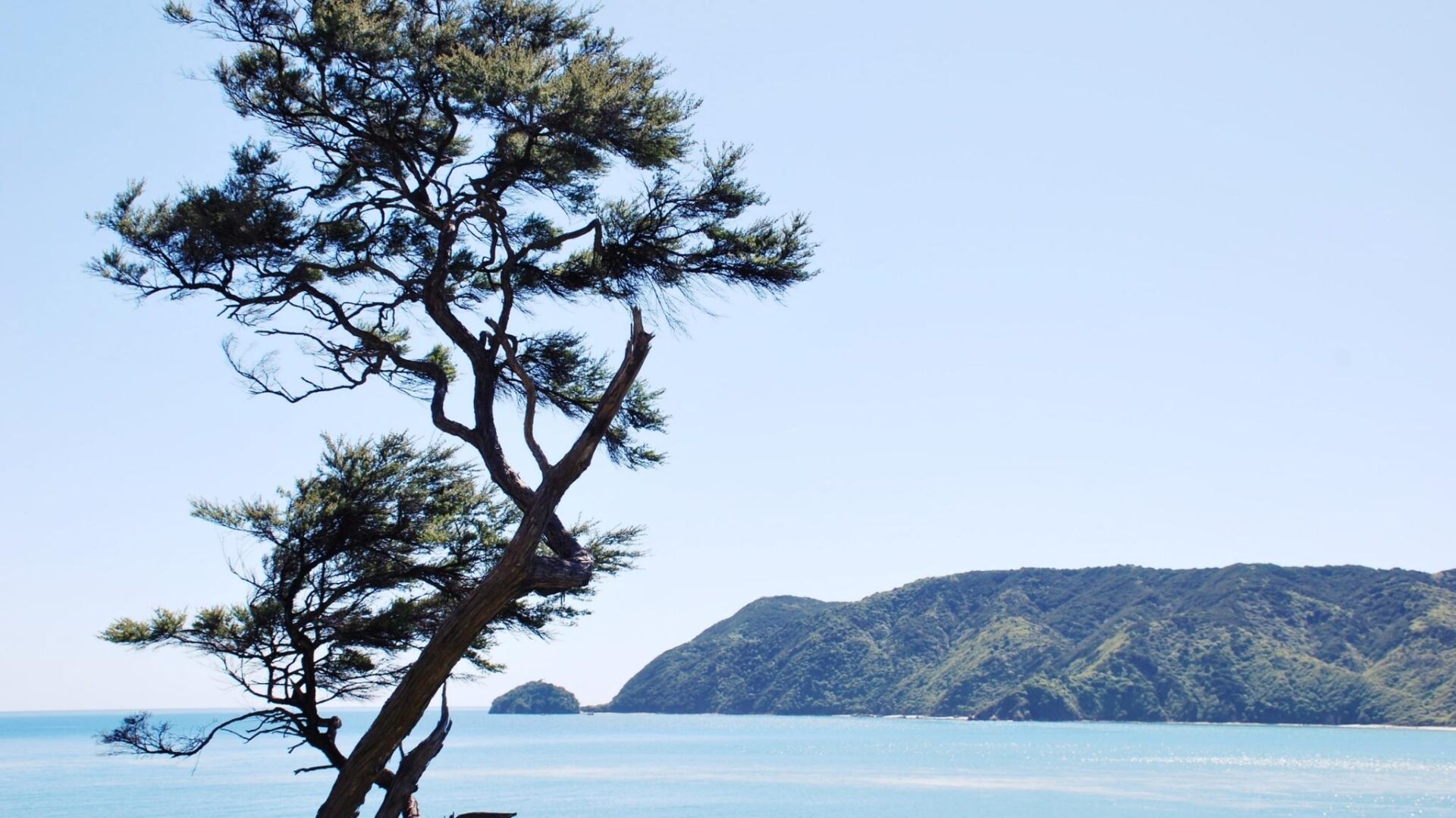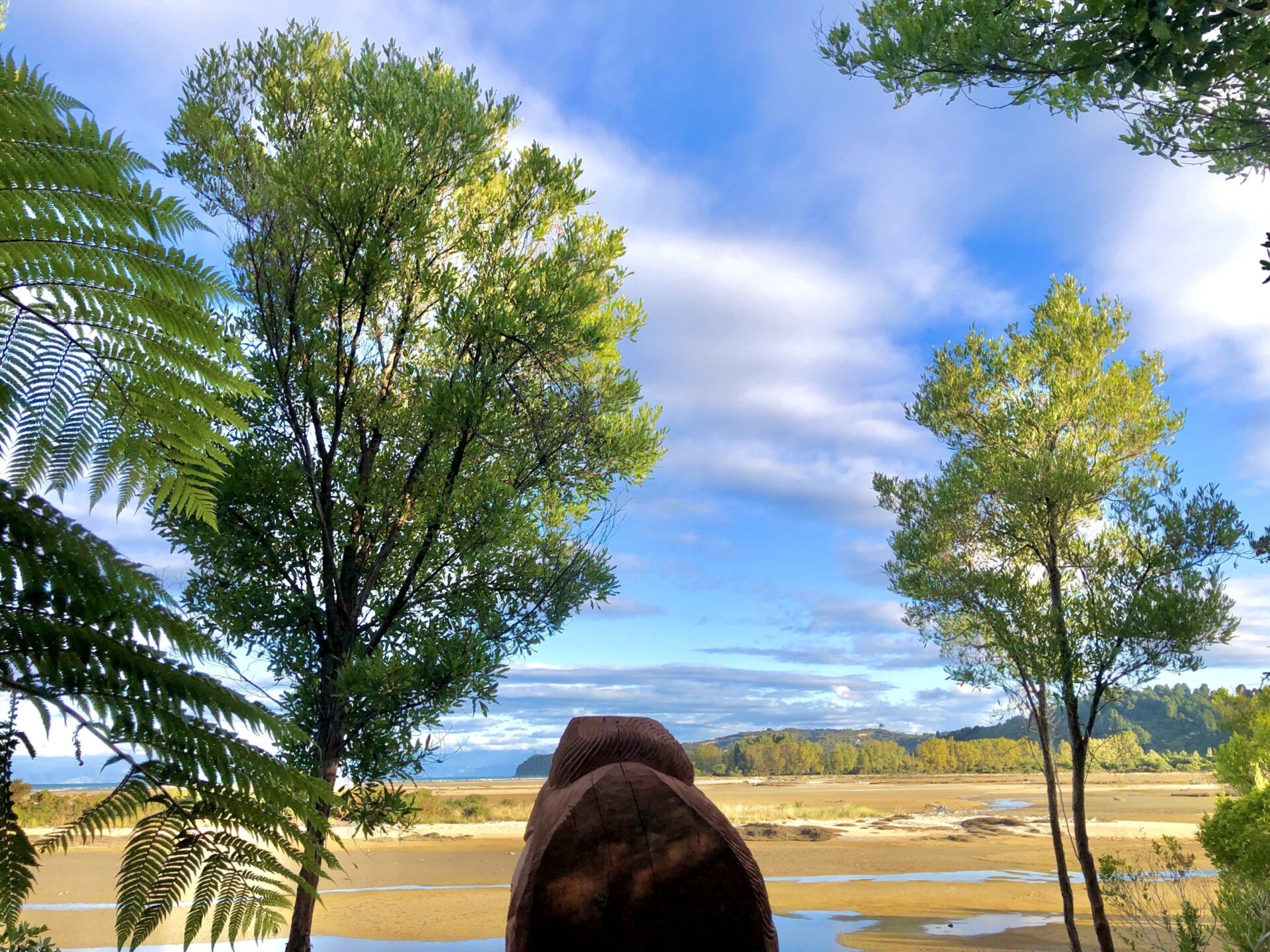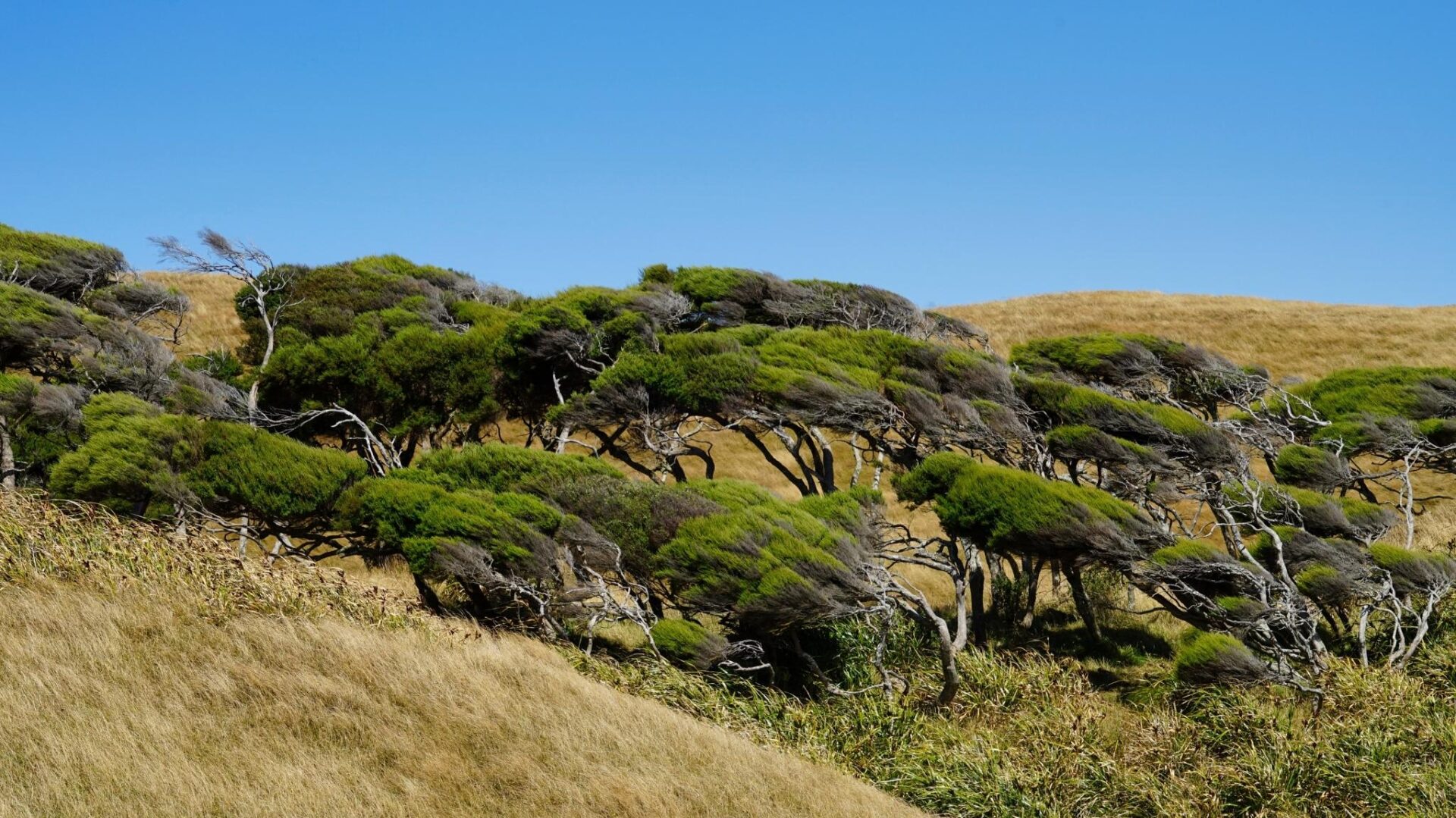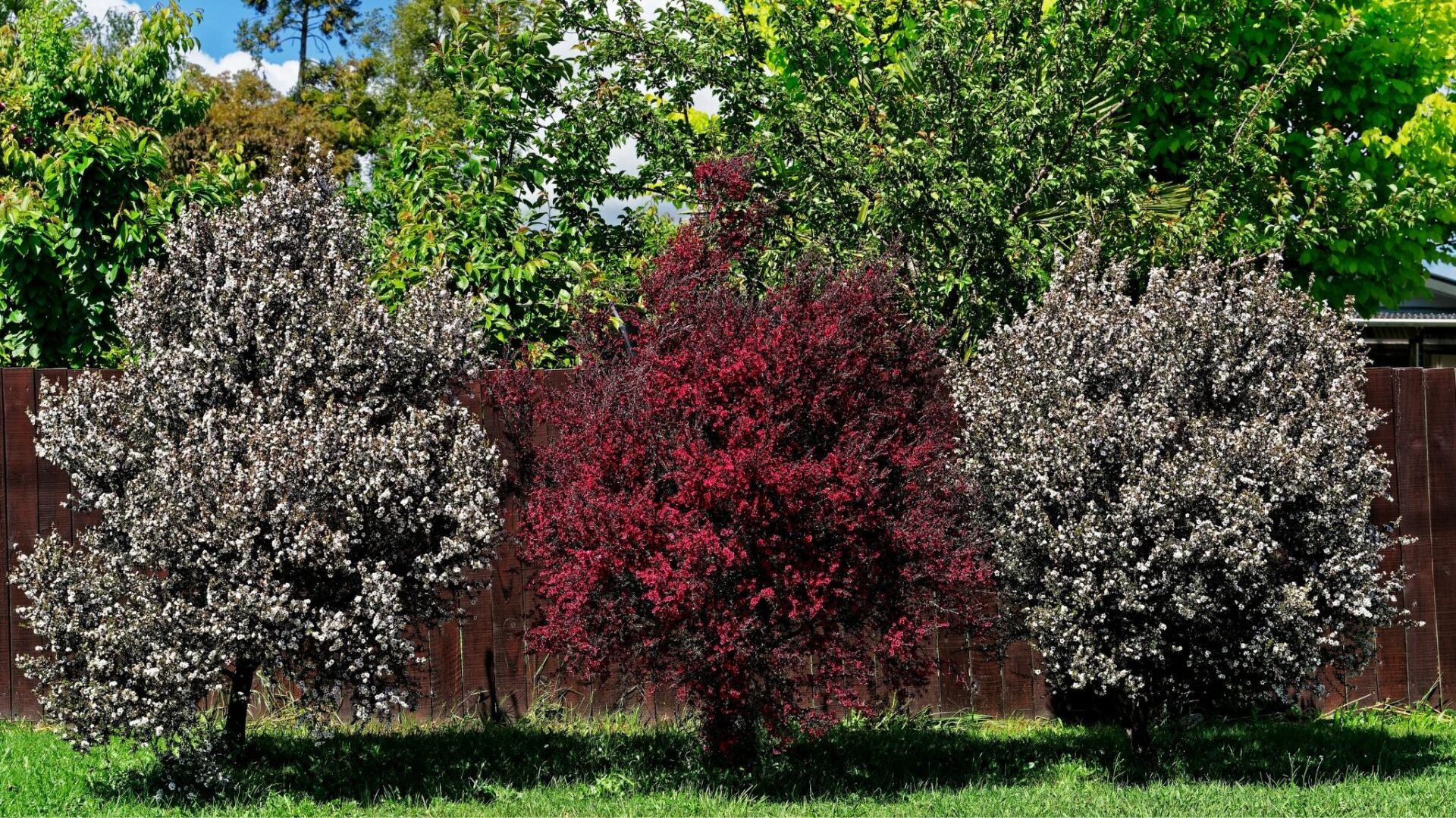The Tallest Tree in New Zealand
Kahikatea is New Zealand’s tallest indigenous tree, growing up to 80m tall. The current tallest tree is in Taranaki, at around 58m. Once the dominant tree in New Zealand swamps, its roots adapted to provide stability and reinforce the trees straight trunk. Today, kahikatea grows most commonly throughout New Zealand’s River and swamp forests, thriving in coastal wetlands up to altitudes of 600m. This tree is hard to miss, and will no doubt leave you breathless as you look up in awe at its enormous stature.
It is sometimes said to be the dinosaur tree, as it has been around since the Jurassic Period. They were initially felled in large numbers upon European arrivals in NZ. On first sight the trunks look magnificent, however the timber quality deteriorates relatively quickly compared to other NZ timbers.
It is estimated that there were around 200,000 ha of Kahikatea forests in NZ prior to human settlement. We are now down to only 3,965 ha, a 98% reduction.
Traditional and Medicinal Uses
For Māori, the kahikatea had many uses. The fleshy fruit was an important food resource and was served at feasts in great amounts. These delicious orange-red berries needed to be harvested from the very high branches of the tree. Historically, this called for expert tree climbers. Kahikatea was used for many medicinal purposes also. Wood infused in water was used as a tonic for stomach complaints and bladder problems, bark can be chewed to numb the mouth, and resin has a bitter-sweet taste that was used for chewing gum.
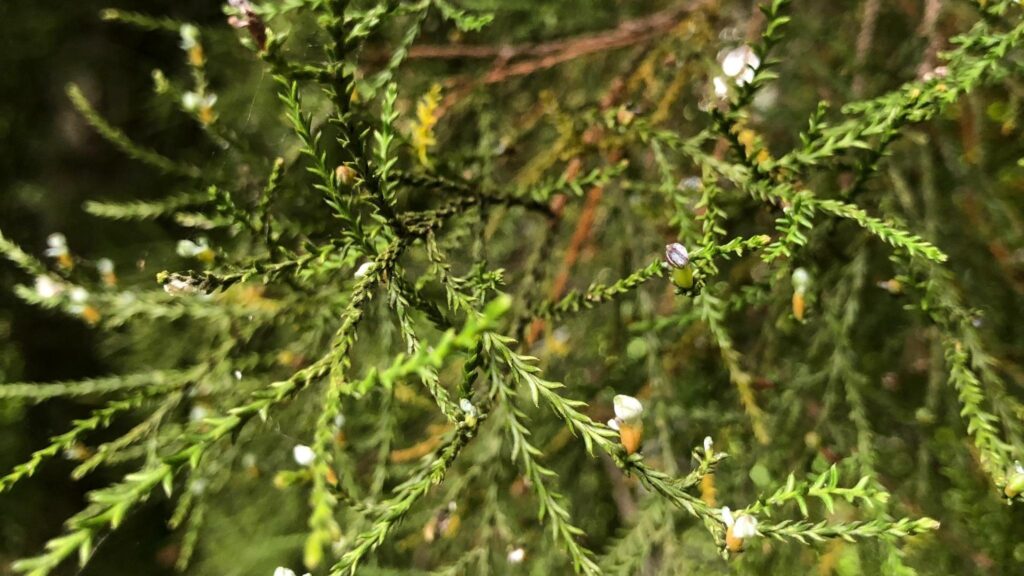
Why plant Kahikatea
Kahikatea, usually planted for wetland restoration and habitat. Is one of the easiest native trees to grow in the open here in New Zealand.
Caring for your Kahikatea
Kahikatea can establish relatively easy in most sites. Being a light-loving tree, it can be grown in open areas. They do grow best at low altitude. The seeds do not store well, so gather once the blue fruit ripen to a bright orange color. They will need to be stratified for 4-6 weeks before being placed in a seed germinating tray. You should expect to wait for 3-5 months for initial germination to occur.
Weeds
Ensure the newly planted tree gets enough light, moisture, and nutrients. It is best to clear any weeds around young trees for at least two years or until the tree is well established. Plants and dense woody weeds can overtop young native trees and may require manually cutting back to provide a light-well for the young tree to grow up through.
Nursery Trees
During its establishment, Kahikatea responds to side shade by growing faster, straighter, and taller with fewer branches. A nursery species that grows fast initially but does not grow too big, such as Manuka and Kanuka, can be planted to provide side shelter. This nurse crop should ideally be planted a year or two ahead of the kahikatea.
Pests
Kahikatea is easily damaged if grazed by stock, goats and deer so fence the area to keep them out.
Young Kahikatea are appetizing to hares and rabbits and in warmer weather the trees are palatable to possums which should be controlled with poison, trapping, or shooting.
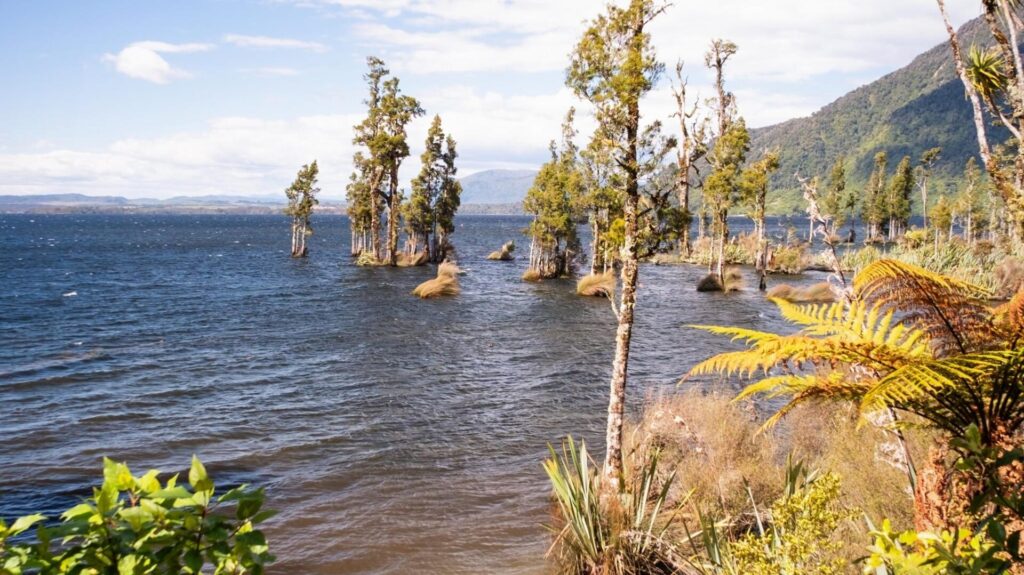
Fun Facts
Kahikatea are a type of podocarp, one of 17 species of podocarps in New Zealand. Other well known types are Totara, Miro, Matai, Rimu, and Kauri.
Podocarps are a type of conifer tree that has both cones and fruit throughout NZ.
These trees have been around for 160 million years. Often called dinosaur trees as they were quite literally around at the same time as the dinosaurs.
The bark of young trees is a smooth gray. Then as the tree matures and gets old the bark begins to flake off and fall off.
These trees grew well in lowland, wet areas that happened to be well suited for agriculture. Thus, people logged them, using the trees for various purposes and then converted the land to fields for agriculture. Some of the uses of the white wood, giving the tree its name of white pine, were as boxes, planks, fascia, and in boat building.
Projects for Kahikatea
The Kahikatea Swamp Forest Restoration is a 31 ha regemeration project by Rotarua. Going back to 2005, they are looking “to protect and enhance the kahikatea stand, restore indigenous forest to the surrounding area, and provide habitats for indigenous plants and animals”.
Janszoon Kahikatea Forest restoration is centered around the 10 hectare remnant Kahikatea forest on the Hadfield site is one of the largest stands of this forest type left in the Nelson Tasman region. The Janszoon Kahikatea Forest restoration is centered around the replanting of the adjacent 25ha in White Pine. Started in 2017, the project is continuing to gather moment.
The Kahikatea Green Wheel is a program out of the Waikato to promote and provide funding to help maintain and replant Kahikatea Forest.

